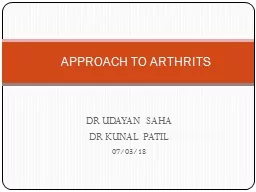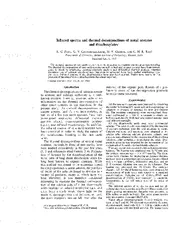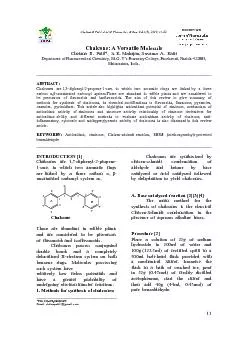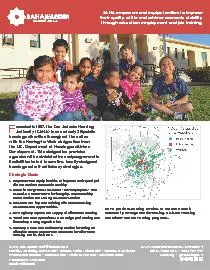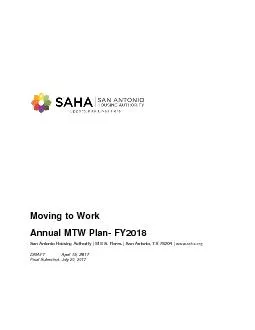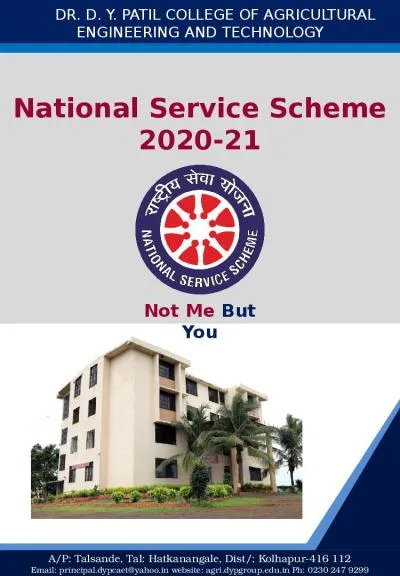PPT-DR UDAYAN SAHA DR KUNAL PATIL
Author : ava | Published Date : 2022-06-18
070318 APPROACH TO ARTHRITS Arthritis is a term often used to mean any disorder that affects joints Symptoms generally include joint pain and stiffness Other
Presentation Embed Code
Download Presentation
Download Presentation The PPT/PDF document "DR UDAYAN SAHA DR KUNAL PATIL" is the property of its rightful owner. Permission is granted to download and print the materials on this website for personal, non-commercial use only, and to display it on your personal computer provided you do not modify the materials and that you retain all copyright notices contained in the materials. By downloading content from our website, you accept the terms of this agreement.
DR UDAYAN SAHA DR KUNAL PATIL: Transcript
Download Rules Of Document
"DR UDAYAN SAHA DR KUNAL PATIL"The content belongs to its owner. You may download and print it for personal use, without modification, and keep all copyright notices. By downloading, you agree to these terms.
Related Documents

